Being Sami – A Burden and a Gradual Joy
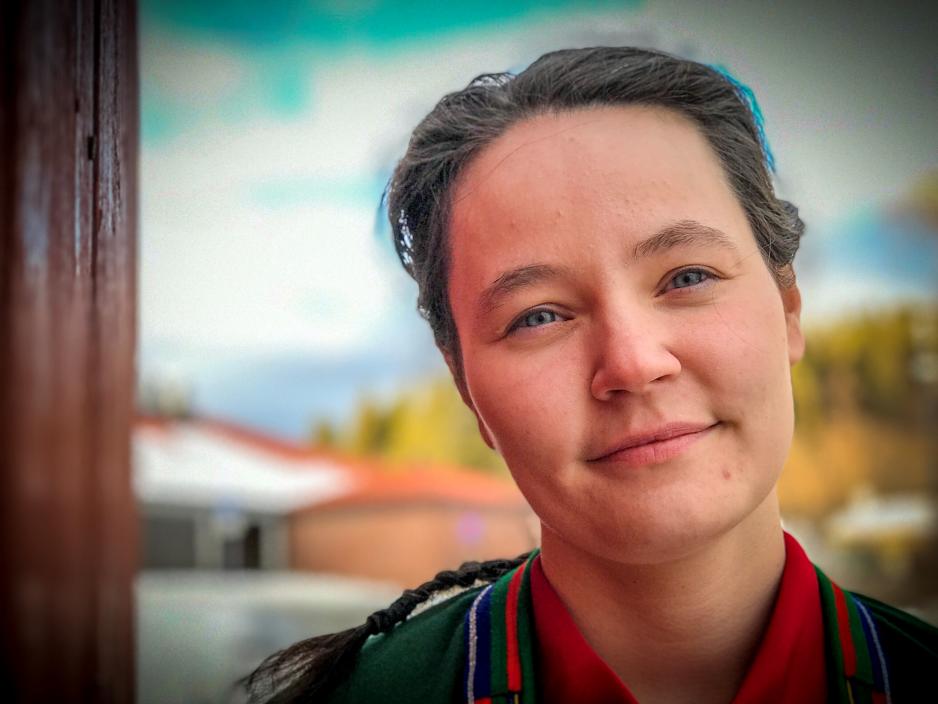
Rakel-Iren Østnes-Lillehaug Pedersen (30) no longer denies her Sami identity, marking the Sami National Day on 6 February with full awareness and pride in who she is.
- We knew that we were Sami, however, both I and my family hid that fact until I was 18. We saw how everyday racism worked and how other Sami children were treated. It was not easy being Sami in Steigen, the 30 year-old says.
The Sami National Day is about identity for Marte Fredly Steen (23) too, although she was indecisive about whether or not to wear her kofte [traditional Sami costume] today.
- It should be as natural as wearing my bunad [regional costume] on Constitution Day, 17 May, though I had to consider for myself before choosing to put on the kofte today. My family did not have any positive experience with being Sami in a small village. A Sami had about the same standing as the post-war status of girls who’d had German boyfriends during the war, and that has clearly affected me, Steen says.
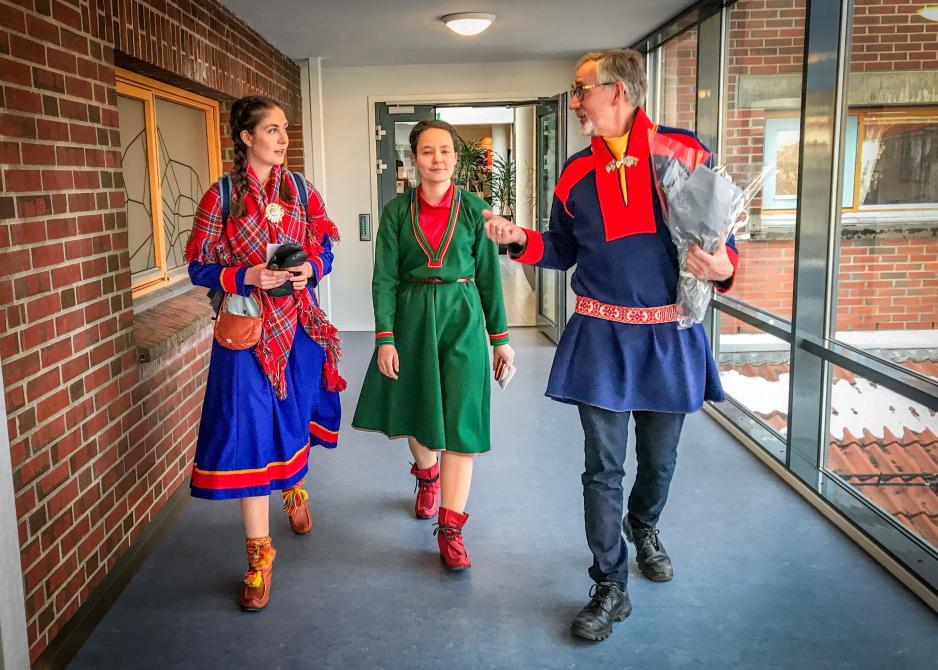
Felt different
Taking ownership of their own identity has been a vulnerable process for both Pedersen and Steen. Coming from a culture that through generations has been looked down upon has affected them both.
- We lost the Sami culture when my great grandmother, who came from Skånland (south of Narvik), let go of it. And even though I wear my kofte with pride today, I nevertheless carry with me the knowledge of how my family was treated. It is different today, but imagine: My great grandmother could never celebrate this day, Steen says.
She has always felt different, although she did now know her Sami identity. She has felt that there was something inside of her that was hard to put into words.
- When my mother told me that we were Sami, it was as if the penny dropped. It is quite absurd, but I always felt that I did not quite fit in with the idea of the Norwegian, that there was something else. Now I understand. And guess what? I was very intrigued by the Sami as a child, without knowing anything, she says.
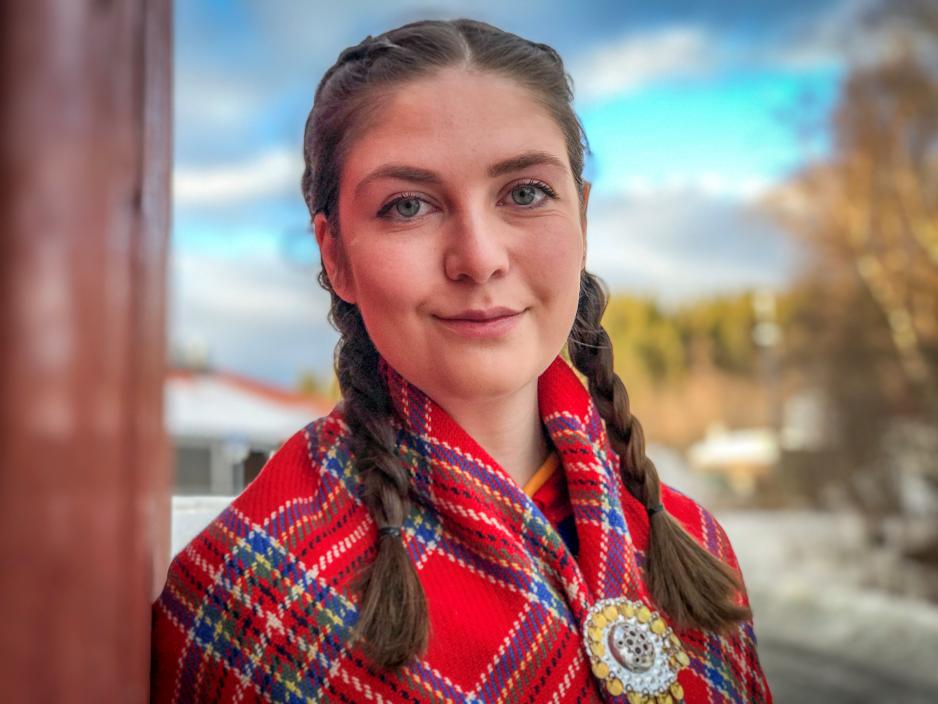
Scary decision
Pedersen was pregnant with her first child when she decided to continue her Sami culture and identity.
- It was pretty scary. I had lived for so long without saying anything. I had many thoughts and many processes going on inside. My grandfather had decided for us not to wear kofte nor use the Sami language, and I have chosen to view this as a form of love and protection, Pedersen says.
Because it is hard for the 30-year old to understand how the language and all cultural identity could be opted out, other than if viewing it in light of her grandfather’s context back then.
- It was probably not an easy decision, and I can neither fully understand it nor criticize it. I am trying to understand and accept while also carry with me what I can bring on to my children. Because they shall not have to grow up hiding their Sami identity, says Pedersen.
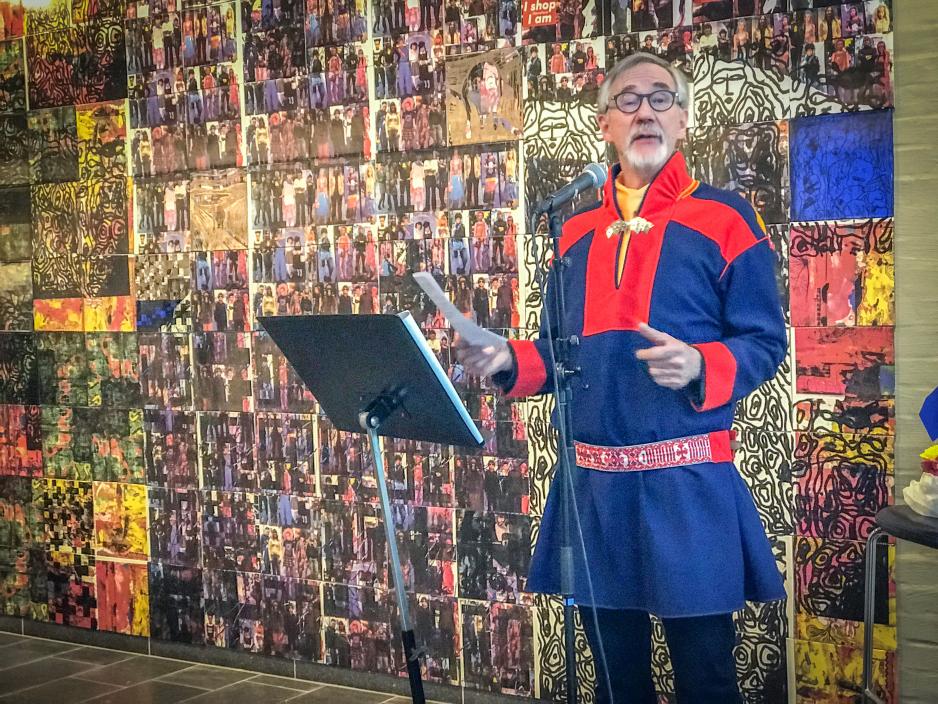
Celebrate those who walked before
The 6th of February is an important identity marker for Associate Professor Per Ravna at Nord University.
- Over the past few years, much has happened when it comes to this day. Today people congratulate you, the media gets involved and there are large-scale celebration events in municipalities around the country, says Ravna. He has also been through an identity process.
- I changed my surname eight years ago. It was originally, Sivertsen, however, I took back the family name, Ravna. To me, fortunately, the Sami identity has never been related to any sense of shame. My ethnic journey has been promoting the professional, promoting the Sami in education, Ravna says.
Both Ravna, Steen and Pedersen believe knowledge is key to greater acceptance. Marking the Sami National Day constitutes an important step in that direction. The process has gained speed over the past few years, though many still know little about the Sami culture.
- Today is also a memorial day for Elsa Laula Renberg. She showed the direction, taking up the battle for Sami rights and engaging in politics. She took the initiative to the Sami council in 1917, which is the foundation for this day. And even though we are gaining speed today, I still feel vulnerable about so many people still being completely ignorant about it. It is still very distant for the people I grew up with, Pedersen says.
- I wish the engagement for the Sami culture could mark society throughout the year, not just today, Ravna says.
Baby steps
Pedersen, Ravna and Steen appreciated marking the Sami National Day while also receiving good news that touches t hem.
- The fact that the police academy at Nord University now also has a Sami name is just great. They aim at attracting Sami students and have made a right move in that direction, says Ravna. He praises Department Manager Jonny Steinbakk for the initiative.
- Their making that choice is very powerful, Steen says.
Acceptance is increasing, little by little, for a culture that has been under heavy pressure for years. Step by step, the Sami culture that disappeared through the generations starts to bloom again.
- I am glad I chose to wear my kofte today, and I guess that is part of the key to it all too, in addition to spreading knowledge, Steen says with a smile.
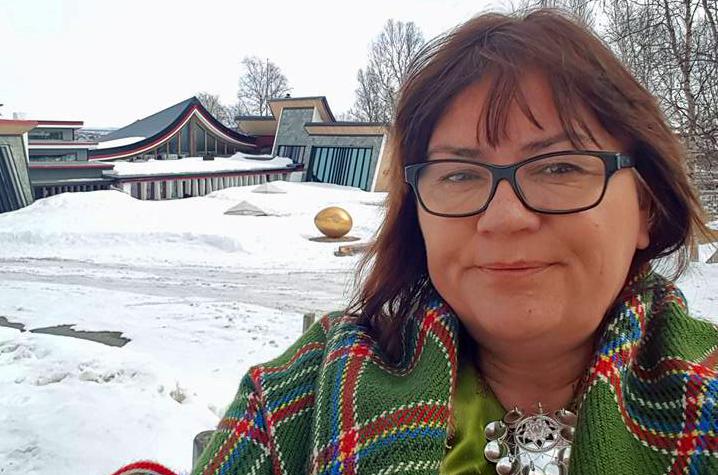
Celebrate ourselves
To former Sami Councilor, politician and reindeer herder Mariann Wollmann Magga, the 6th of February is a day to celebrate the Sami, culture and diversity.
- It has become an important day that shows us as one people, and when we are visible it is easier to make our voice heard and to continue fighting for what we think is important, Magga says.
She argues that it is important that the day becomes a celebration for the children, so that they too can feel part of a community. That is what many current adults lost out on in their childhood, living with the disgrace of being Sami.
- Being Sami on your own is difficult. If we are to have a positive Sami identity, we have to feel that it is safe – that it is okay to be part of a wider community, Magga says.
She has engaged with several causes and areas over the years, both as a politician and as a reindeer herder.
- The most important thing for me, nevertheless, is that both adults, children and the elderly are allowed and able to feel that being Sami is a natural part of life, Magga says, confident in her own Sami identity.
- My parents are Sami, I married a reindeer herder and this obviously makes it easier to maintain my Sami identity, she says with a smile.
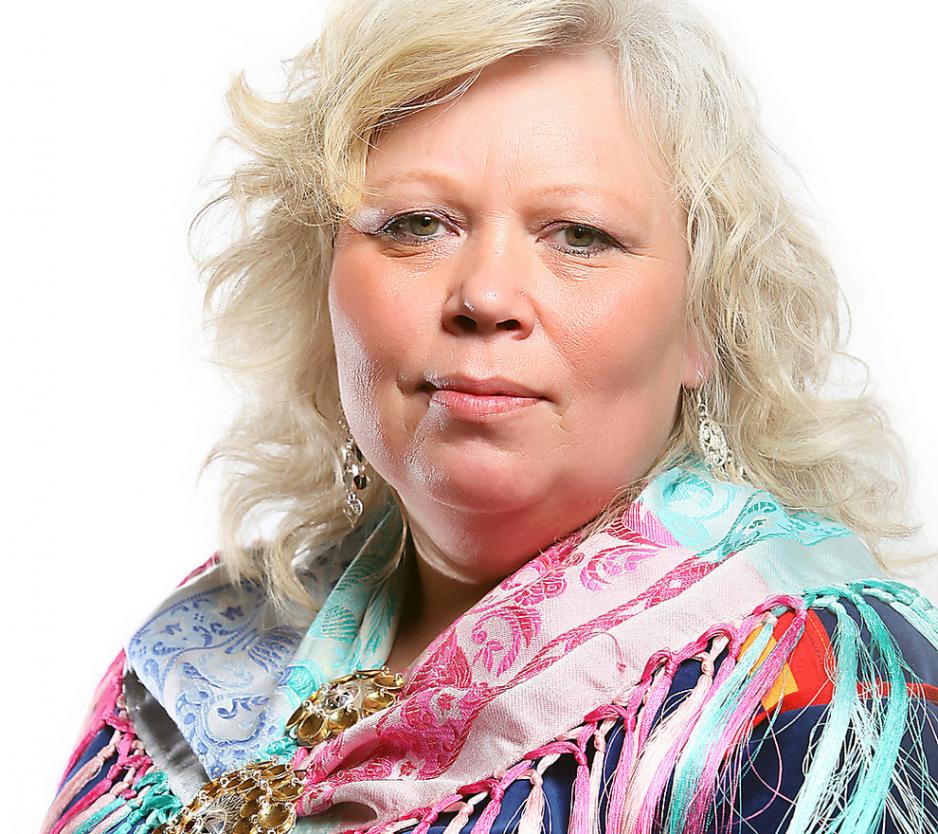
Public recognition
- This day has grown more and more important year by year, and there is an ever-increasing amount of people wearing their kofte and marking their Sami pride and affiliation, says former Sami Parliament President Vibeke Larsen.
She remembers marking the day rather quietly 10 years ago, and she is pleased with the fact that many municipalities now organize public celebrations and recognize Sami culture in public.
- Being recognised for who we are is invaluable after a longstanding norsification policy during which we had to leave our language, identity and symbols behind. Today’s celebrations demonstrate the diversity of the Sami culture. We are diverse, both reindeer herders and engineers, says Larsen.
She agrees with Magga that celebrations have picked up popularity and that it has accelerated over the past few years, historically speaking.
- Our fighting and standing on the barricades has helped. We have made it easier for our children to be Sami. I was lucky enough to have a mother who had no sense of shame. “You are Sami, that’s how it is,” she said, and we just had to make do with that, Larsen says with a smile.
Les artikkelen på norsk
